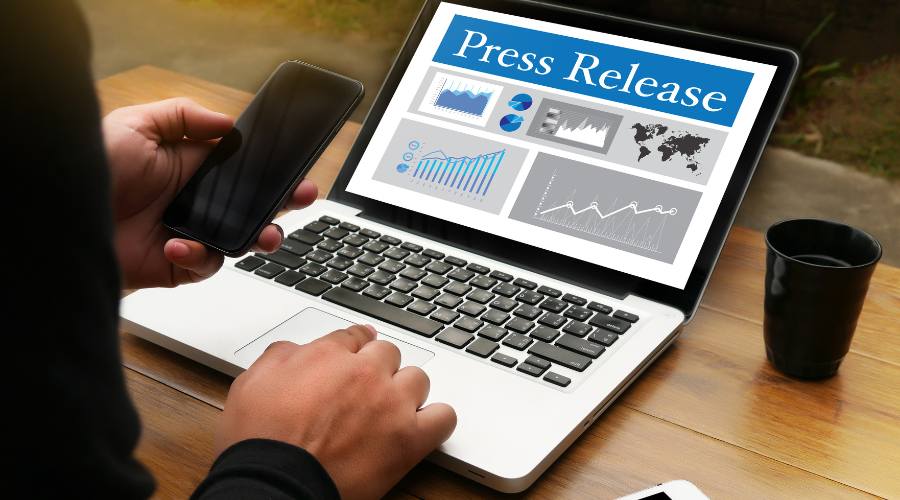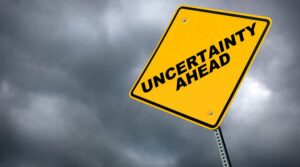Getting your message across effectively is crucial for success.
One proven way to reach your target audience and gain valuable exposure is through the distribution of well-crafted press releases.
However, sending out a press release is only half the battle; distributing it strategically can make all the difference in generating buzz and visibility.
In this blog post, we’ll share 12 tips to help you optimize your press release distribution efforts and maximize your chances of making a splash in the media.
Tips for Creating Effective Press Releases
1. Writing a clear and concise headline
Your headline is the first thing that catches the reader’s attention, so it’s vital to make it count.
Keep it short, clear, and concise, ensuring it communicates the essence of your story.
Use strong, action-oriented verbs and avoid jargon or industry-specific terminology that might confuse your audience.
2. Using proper formatting
A consistent and clean format is essential for any press release. Standard press release formatting includes using an easy-to-read font, clear headings, and a logical structure that flows seamlessly from one section to another.
Be sure to include the essential components of a press release: headline, subheading, dateline, introductory paragraph, body, quotes, boilerplate, and contact information.
3. Including relevant quotes
Including quotes from key stakeholders, such as company executives or industry experts, adds credibility and a human element to your press release.
Be selective when choosing quotes, ensuring they are relevant, authentic, and add value to your story.
Keep them concise and avoid overloading your press release with too many quotes.
Tips for Targeting the Right Audience
4. Identifying your target audience
A successful press release resonates with the intended audience.
Start by identifying your target demographic, considering factors such as age, gender, location, and interests.
With a clear understanding of who you want to reach, tailor your press release’s content, tone, and language to appeal to their preferences.
5. Researching appropriate media outlets
Not all media outlets are created equal, and targeting the right ones can significantly impact your press release’s success.
Research the media landscape, identify outlets that align with your target audience and industry, and focus your distribution efforts on those that are most likely to be interested in your story.
6. Utilizing targeted distribution services
Press release distribution services can help you get your message in front of the right audience more effectively.
These services offer access to a vast network of journalists, bloggers, and other media professionals, and many provide targeted distribution based on your industry and target audience.
Compare different providers to find the best fit for your needs and budget.
Tips for Timing and Scheduling Your Press Release Distribution
7. Considering industry-specific timelines
Timing is crucial when distributing a press release. Consider the news cycle within your industry and aim to release your news during periods of high activity.
Avoid distributing your press release during major holidays or industry events, as these can overshadow your message or result in less media coverage.
8. Analyzing the best time of day to send your press release
The time of day you send your press release can also impact its success.
Studies suggest that press releases sent early in the morning, between 8 a.m. and 9 a.m., have higher engagement rates.
Avoid sending your press release during off-hours or weekends, as these times may result in less visibility.
9. Following up strategically
Following up with media contacts after sending your press release is essential to maximize its impact.
Wait at least 24-48 hours after the initial distribution to allow journalists and editors to review your release.
When following up, be polite, professional, and offer additional information or assistance if needed. Be persistent but not pushy, and respect the recipient’s time and preferences.
Tips for Maximizing Exposure and Engagement
10. Optimizing your press release for SEO
Incorporating SEO best practices into your press release can help it rank higher in search engine results, increasing visibility and driving more traffic to your website.
Use relevant keywords and phrases throughout your press release, especially in the headline and subheadings.
Be careful not to overuse keywords, as this can lead to keyword stuffing and negatively impact your search rankings.
11. Utilizing social media to amplify your message
Social media platforms can help you reach a wider audience and create buzz around your press release.
Determine which platforms are most relevant to your target audience and share your press release on those channels.
Use hashtags, images, and engaging captions to encourage sharing and interaction.
Don’t forget to monitor and respond to comments and messages to foster engagement and build relationships with your audience.
12. Monitoring and measuring the success of your press release
To assess the effectiveness of your press release distribution strategy, track key performance indicators (KPIs) such as website traffic, social media engagement, and media coverage.
Analyze these metrics to determine which aspects of your strategy worked well and identify areas for improvement. Use this data to adapt and refine your approach for future press releases.
Conclusion
In conclusion, distributing a press release effectively is a multifaceted process that requires careful planning, targeting, and follow-up.








